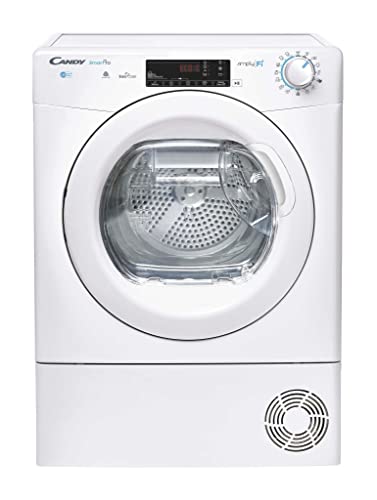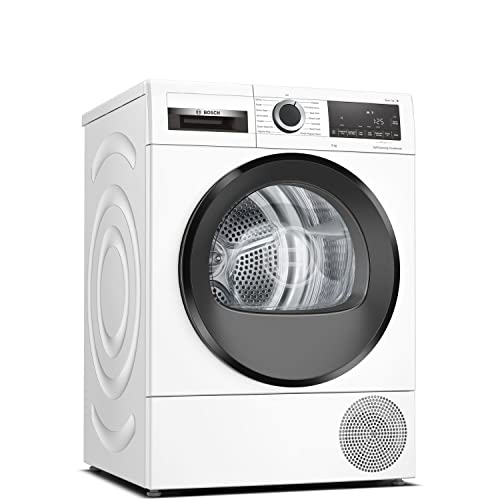10 Misconceptions Your Boss Shares About Heat Pump Technology
페이지 정보

본문
 The Advantages of heat pump technology (Check This Out)
The Advantages of heat pump technology (Check This Out)A heat pump system that runs on clean power can reduce household carbon emissions by 75 percent when compared to gas heaters.
Zhibin Yu was able to do some serious work during the Covid-19 Lockdown. He spent the time refining an innovative heat pump design that works better in colder climates.
What is a Heat Pump?
A heat pump is an HVAC system that makes use of electricity to provide heating and cooling. It is a system similar to that of your refrigerator or air conditioner. It evaporates refrigerant liquid that absorbs heat, which includes the air around. This heat is then transferred into the through a series of metal coils and a fan. Heat pumps produce heat using much less energy than electric radiators and furnaces because they use thermal energy extracted from the ground or air instead of generating it through combustion or electrical resistance.
A heat pump functions as an air conditioner operating in cooling mode, absorbing heat from the outside air even in cold weather, and transferring it inside. It also serves as a heater in the winter months, when an inverse valve reverses the flow of refrigerant, returning it to its liquid state and evaporates it. The heat is then dragged inside via a fan, and the copper tubes in the indoor unit.
They are more energy efficient than furnaces and boilers since they generate three times the heat. They can be utilized to heat your entire house or just a single area like garages or an attic.
Many innovations are making heat pumps more efficient. Variable speed compressors are among the most efficient and Tumble dryers heat pump quiet options. Scroll compressors are also more efficient and quieter than conventional compressors. Other features that boost efficiency include a desuperheater coil which is able to heat water by recycling waste refrigerant, and zone control systems that allow heating in individual rooms of the house.
The fact that heat pumps can be powered by renewable energy sources is their primary innovation. The pumps have a lower environmental impact due to the fact that they don't use fossil fuels to power their operation. They also use low-global-warming-potential (GWP) which is more beneficial for the environment, as opposed to R-410A or other hydrocarbons.
How can a heat pump be used?
A heat pump collects heat1 from the air, ground, geothermal energy, or other sources and then transfers it to your home, providing both heating and cooling. It consumes less energy than conventional electric or gas systems, which makes it an environmentally friendly alternative. It also requires less upkeep than traditional systems.
The technology behind the Heat Pump is comparable to that of an air conditioner. The system consists of two main components one of which is an outdoor unit that looks like the outside unit of a split system air conditioning system, and an indoor unit that has an electric coil that can serve as an evaporator or condenser. The system has an air-flow fan that moves air over the coil in order to aid in the transfer of heat. The refrigerant in the coil is liquid at room temperature. However, as it heats up in the house the liquid begins to evaporate and transforms into gas. A reversing valve close to the compressor can alter the direction of refrigerant flow to switch between heating and cooling modes.
The coil absorbs heat from your home's air because heat naturally flows towards areas that have lower temperatures and heat Pump technology pressure. Then it moves to the outdoor unit where a compressor increases its pressure and raises its temperature further. This causes the boiling point of the liquid to drop and it reverts back to a liquid state.
When the liquid refrigerant exits the compressor, it goes through a second coil located in the outdoor unit. This coil is referred to as an evaporator when the heat pump is heating or condenser in the case of cooling. The outdoor coil draws heat from the air using a series of aluminum fins which help transfer the heat to the evaporator.
The evaporator inside the indoor heat pump is a fan that blows the air over the copper or aluminum coils, which have grooved inside surfaces to increase the area and aid heat transfer. The fan maintains the air's velocity in a way that is comfortable and helps reduce noise and drafts. Some models include a desuperheater which recovers the wasted heat from the evaporator heat pump technology during cooling mode and uses it to efficiently heat water in your home.
What are the benefits of a heat pump?
When it comes to saving energy and reducing your environmental impact, there's no HVAC system that is more eco-friendly than a heat pump. This environmentally friendly technology is growing in popularity as state and local governments continue to offer rebates and incentives for homeowners who choose to switch. The Department of Energy is touting the advantages of these systems over traditional heating systems.
As opposed to gas furnaces pumps use metal coils and fans to transfer heat from the air. Since they don't use fuel, as does combustion heaters, they produce no emissions or other pollutants. They also don't require chimneys to exhaust exhaust fumes out of the house. In addition, heat pumps are incredibly quiet--they operate at just a fraction of the sound level of gas furnaces.
A new study from UC Davis found that a heat pump running on clean electricity (generated from wind, solar or other renewable sources) could cut household carbon dioxide emissions by as much as 75 percent. However, the study focused on houses with superior insulation and a modern heat pump, not all households.
The good news is that most existing homes are suitable for a heat pump upgrade. If you're interested in making the change, we recommend that you consult with your local cooperative or public power district. They can assist contractors, financing, and other details about this exciting new technology.
The environment you live in will determine which model is best for your home. You'll want to look for an ENERGY label or performance chart that has a SEER and HSPF rating. In warmer climates, it is recommended to focus on SEER, while in colder climates, you should be looking at HSPF.
In addition to their eco-friendly nature heat pumps also have many other advantages. Because they don't burn fuel and require less maintenance than a combustion-based furnace. There is also no risk of carbon dioxide leaks, fire, or explosion. Heat pumps can also improve indoor air by increasing humidity in winter and decreasing it in summer.
Heat pumps do not produce combustion byproducts and so don't release combustible gases to the air. This makes them a safer choice for homes with vulnerable people living in them.
What are the disadvantages to a heat pump system?
Like any piece of contemporary technology heat pumps have advantages and drawbacks. The most important are energy efficiency and environmental friendliness. In contrast to furnaces, which use fossil fuels to generate heat, heat pumps utilize renewable sources of energy to transport thermal energy from the air or ground and then deliver it to your home. They are also more efficient than traditional heating systems, and can help you save money on electric bills.
They are typically more expensive to purchase than furnaces however they will pay for themselves over time with lower operating costs. They can be noisy, but new designs minimize this problem. They are most effective in homes with good insulation and hermetic seals. They are best suited to climates that have moderate temperatures.
In summer, they function as an air conditioner. By using a small amount of drive energy, they draw heat from the air inside your home and exhaust it to the outside. In winter, they work in reverse, absorbing thermal energy from the air outside of your home and then transferring it to the inside.
This is possible thanks to a reversing valving that allows the refrigerant to move either direction. The energy they transfer can come from a number of sources, including geothermal heat stored in the earth, ambient air temperatures or waste heat from industrial processes.
Heat pumps are often subjected to a "time-of-use" pricing system because they consume a significant amount of energy. This can increase the price of heat pumps and they are less efficient than furnaces in colder climates.
The refrigerants used in heat pumps may leak into the air and cause pollution. While manufacturers are developing safer alternatives, they do pose a risk and should only be used when absolutely it is necessary. They are generally regarded as a more environmentally friendly alternative to traditional heating methods. With proper installation they can reduce the carbon footprint of your home. They are a great option to live a "green" living, without the need to purchase a large HVAC system.

- 이전글10 Simple Steps To Start The Business You Want To Start Malpractice Settlement Business 24.05.01
- 다음글You'll Never Guess This Online Shopping Uk Amazon's Tricks 24.05.01
댓글목록
등록된 댓글이 없습니다.

